When choosing the perfect diamond for an engagement ring or other jewelry piece, you’ll encounter a diverse range of diamond cuts to select from. Of these, the Step Cut and Radiant Cut diamonds stand apart due to their remarkable singularity and vivacity. In this exhaustive comparison, we’ll delve into the characteristics, components, and visual effects of each cut so that you can make an informed judgment when selecting your exquisite jewelry item.
Table of Contents
Step Cut vs Radiant Cut: Overview
Step Cut
Step cut diamonds are a classic and exquisite gemstone choice for those who gravitate towards a traditional style. The cutting technique emphasizes the diamond’s clearness and showcases its distinctive stepped aesthetic, hence the name. This type of cut is commonly seen in emerald, baguette, and Asscher diamonds. Step cut stones have a square or rectangular outline with symmetrical facets that look like stair-steps; bringing an iconic charm to any chosen piece.
Features and Characteristics of Step Cut Diamonds
Some key features and characteristics of step cut diamonds include:
- Facet Arrangement: Step cut diamonds have long and narrow facets arranged parallel to each other, creating a beautiful and organized pattern.
- Transparency: Step cut diamonds tend to have more transparency due to their large, open facets. This allows more light to pass through the diamond, enhancing its brilliance.
- Clarity Emphasis: Step cuts emphasize a diamond’s clarity, making any flaws or inclusions more visible. It is essential to choose a high-quality diamond with excellent clarity for a step cut.
- Unique Sparkle: Step cut diamonds have a distinctive sparkle characterized by flashes of light and dark planes. This unique sparkle adds charm and sophistication to the diamond.
- Versatility: Step cut diamonds can be used in various jewelry designs, including solitaire engagement rings, three-stone rings, and diamond earrings.
- Classic Appeal: Due to their elegant and timeless appearance, step cut diamonds are often associated with vintage and classic jewelry styles.
Pros:
- Elegant and timeless aesthetic
- Showcases the diamond’s clarity and color
- Creates a hall-of-mirrors effect
- Ideal for those who prefer a more understated and sophisticated look
Cons:
- Limited sparkle compared to other cuts
- Imperfections and color may be more noticeable
Radiant Cut
Radiant Cut diamonds emit exquisite brilliance and fire. A hybrid cut of the classic step-like facets of an emerald cut with the glimmer of a round brilliant cut, Radiant Cut diamonds offer a distinctive combination of ageless grace and contemporary charm. The trimmed corners contribute to their exclusive sight, making them a favored selection for those who desire an equilibrium between the traditional and modern.
Features and Characteristics of Radiant Cut Diamonds
- Facets: Radiant cut diamonds typically have 70 facets, which maximize their brilliance and sparkle.
- Shape: Radiant cut diamonds have a square or rectangular shape with trimmed corners. The shape allows them to be versatile, as they can be set in a variety of styles.
- Brilliance: Radiant cut diamonds are known for their brilliance, which refers to the amount of light they reflect. The multiple facets and unique cut of the diamond enhance its sparkle and make it eye-catching.
- Durability: Radiant cut diamonds are popular because they are durable and can withstand everyday wear. The trimmed corners help protect the diamond from chipping or breaking.
- Versatility: Radiant cut diamonds can be set in various styles, including solitaire, halo, and three-stone settings. The versatility of the cut allows for creativity in designing unique and beautiful jewelry pieces.
Pros:
- Brilliant sparkle and fire
- Versatile and suitable for all diamond shapes
- Combines the elegance of step cuts with the brilliance of radiant cuts
Cons:
- Higher risk of bow-tie effect (a dark shadow in the center of the diamond)
- Less effective at hiding imperfections compared to step cuts
Step Cut vs Radiant Cut: Differences
Sparkle and Brilliance
- Step Cut: Step Cut diamonds, such as the emerald cut and Asscher cut, feature rectangular facets that create a beautiful hall-of-mirrors effect. These cuts are known for their clean lines and elegant appearance. However, since step cuts have fewer facets, they may not exhibit as much sparkle and brilliance as other cuts.
- Radiant Cut: Radiant Cut diamonds combine the elegance of step cuts with the brilliance of brilliant cuts. With their trimmed corners and numerous facets, radiant cut diamonds offer excellent sparkle and brilliance. They are known for their ability to reflect light and exhibit a dazzling appearance.
When it comes to brightness and sparkle, the Radiant Cut tends to provide a more vibrant and brilliant appearance compared to the Step Cut. This is because the numerous facets of the Radiant Cut allow for a greater amount of light to enter and reflect back out of the diamond, creating exceptional sparkle. The step cut, on the other hand, emphasizes clarity and elegance rather than intense sparkle.
Clarity and Color
Step Cut: The step cut, also known as the emerald cut, is characterized by long, straight facets that resemble steps. This cut tends to showcase the clarity of a diamond, as it emphasizes the internal flaws or inclusions. However, the step cut may not enhance the color as much as other cuts, as it can show more color concentration in the diamond.
Radiant Cut: The radiant cut is known for its brilliant faceting pattern that combines the elegance of step cuts with the sparkle of brilliant cuts. This cut can help to mask inclusions and enhance the clarity of a diamond. Additionally, the radiant cut tends to maximize the color of a diamond, making it appear more vibrant.
Size and Weight
Facet Arrangement: Step cut diamonds, such as the emerald cut, have fewer facets and larger, open facets that create a hall-of-mirrors effect. Radiant cut diamonds have more facets and a brilliant-cut crown, which enhances their sparkle and brilliance.
Shape: Step cut diamonds typically have rectangular or square shapes with cropped corners, while radiant cut diamonds have a square or rectangular shape with trimmed or angled corners. The shape can affect the distribution of weight and the overall appearance of the diamond.
Depth and Table Percentage: The depth and table percentages of a diamond can affect its size and weight. Step cut diamonds often have larger tables and shallower depths, which can make them appear larger. Radiant cut diamonds, on the other hand, typically have smaller tables and deeper depths.
Which Cut Appears Larger and Provides Better Value?
The perception of size can vary depending on personal preferences and the specific diamond. However, there are some general considerations to keep in mind:
Step Cut: Step cut diamonds tend to have larger tables, which can create the illusion of a larger size. They also have larger, open facets that show off the clarity and color of the diamond. Step cut diamonds are often appreciated for their elegant and timeless look.
Radiant Cut: Radiant cut diamonds have more facets and a brilliant-cut crown, which can give them a greater overall sparkle and brilliance. While they may appear slightly smaller than step cut diamonds of the same carat weight, the radiant cut can provide a stunning and eye-catching appearance.
Settings
When it comes to diamond engagement rings, the choice of cut and setting style is crucial in achieving the desired look. Let’s compare the setting styles commonly used for step cut and radiant cut diamonds:
Step Cut Setting Styles:
Channel Setting: The diamonds are set between two parallel bars to create a sleek and modern look.
Baguette Setting: Baguette-shaped diamonds are set side by side to create a linear and elegant design.
Tapered Side Stone Setting: Step cut diamonds are complemented by smaller step cut or tapered baguette diamonds on the sides.
Radiant Cut Setting Styles:
Halo Setting: The center radiant cut diamond is surrounded by smaller diamonds to create a halo effect, adding sparkle and brilliance.
Three-Stone Setting: The radiant cut diamond is accompanied by two smaller diamonds on either side, symbolizing the past, present, and future.
Vintage Setting: A setting reminiscent of vintage designs, often featuring intricate filigree work and milgrain detailing.
Which Cut Works Best with Different Types of Settings?
Both step cut and radiant cut diamonds can be beautifully showcased with various setting styles. Here is a guide to help you choose the ideal combination:
Step Cut:
- Step cut diamonds, such as emerald and Asscher cuts, are known for their elegant and sophisticated look.
- They pair well with clean and minimalist setting styles, such as channel or baguette settings, which enhance the diamond’s geometric shape.
- Tapered side stone settings can also be a great choice to accentuate the step cut center diamond.
Radiant Cut:
- Radiant cut diamonds are known for their brilliant sparkle and versatility.
- Halo settings add extra sparkle and create a larger appearance for the radiant cut center diamond.
- Three-stone settings highlight the diamond’s beauty and symbolize a timeless love story.
- Vintage settings enhance the romantic and timeless appeal of radiant cut diamonds.
Remember, choosing the right setting style is a personal preference that should reflect your unique style and taste. Consider the overall aesthetics, durability, and maintenance requirements when making your decision.
Quality
When deciding between Emerald Cut and Radiant Cut diamonds, there are various factors to consider. Emerald Cuts should be of a higher clarity grade as their large table will magnify any inclusions. However, with less color concentration present in this cut, you may opt for a lower color grade in order to invest more in clarity. Conversely, Radiant Cut diamonds are immensely brilliant, masking any internal flaws; you could therefore choose an SI1 or SI2 clarity and focus on a higher color grade instead. Additionally, if your ring is yellow or rose gold rather than white gold or platinum, you may be able to reduce the color grade without compromising beauty.
Step Cut vs Radiant Cut: Which One Should You Buy?
When it comes to choosing between the step cut and radiant cut for your diamond, it ultimately depends on your personal style and preferences. Here are some key points to consider before making your decision:
Step Cut:
- Ideal for those who prefer a classic, vintage-inspired aesthetic.
- Offers a timeless and elegant look with its clean lines and geometric facets.
- Highlights the diamond’s clarity and internal characteristics.
- May not be as sparkly or brilliant as other cuts.
Radiant Cut:
- Perfect for those who want maximum brilliance and fire.
- Combines the elegance of a square or rectangular shape with the brilliance of brilliant-cut facets.
- Offers a modern and versatile look that works well with various jewelry styles.
- Can hide slight diamond imperfections with its faceting pattern.
Ultimately, the choice between the step cut and radiant cut comes down to your personal taste and desired aesthetic. Consider visiting a reputable jeweler to see both cuts in person and determine which one resonates with you the most.
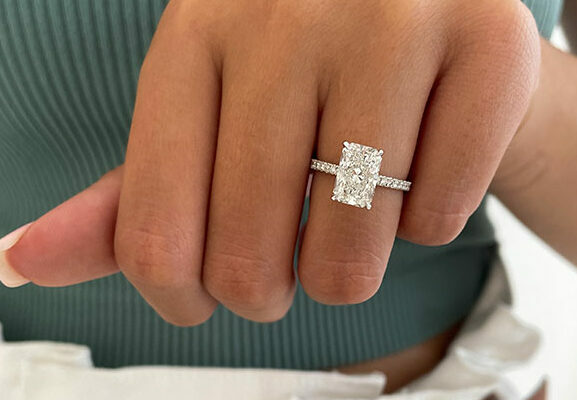
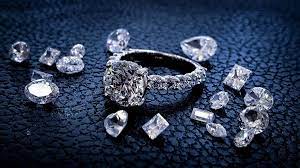
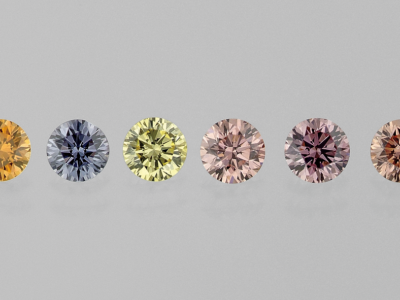
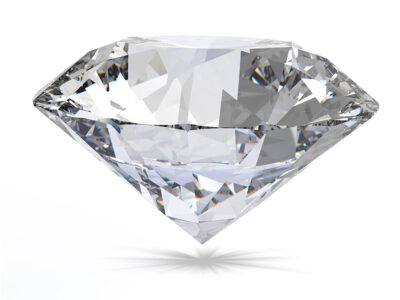

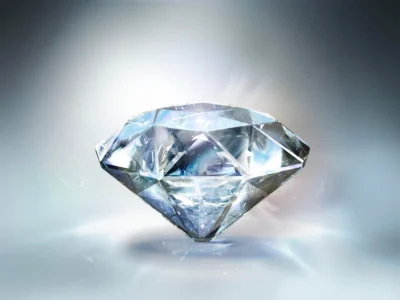
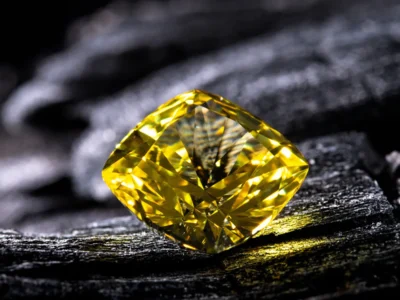
Comments